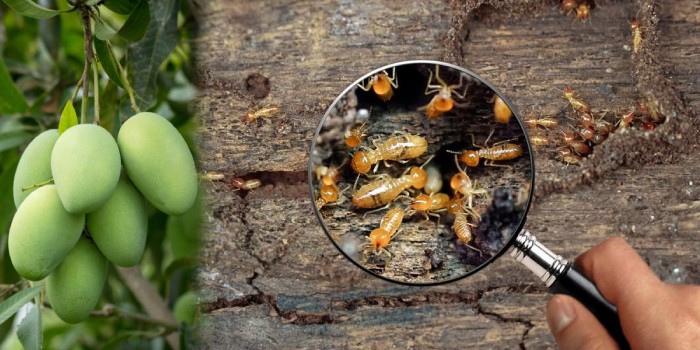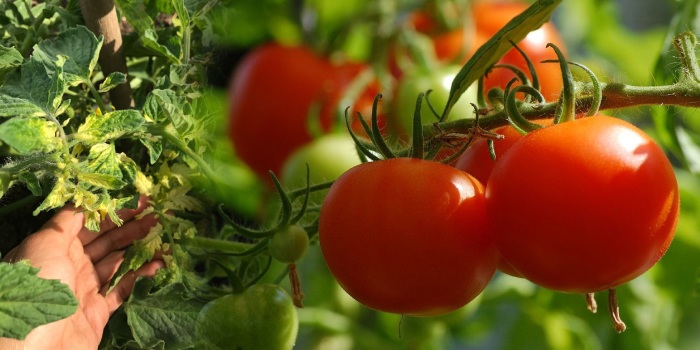.jpg)
|
System of Breeding and Grading Up in livestock: Sanjay Dutt Gahtori, Govind Kumar Assistant Professor, Department of Agriculture, SIPS |
|
|
|
It is the methods of Producing of offspring / young ones. Scientific breeding is essential for the purpose of getting better performance in livestock such as – Milk, Meat, Wool, Egg etc. Grading is farm of out crossing in which bulls of a distinct breed are bred on non descript cows from generation to generation, so that in course of time a populations essentially resembling the breed from which the Bulls are used. |
Types of breeding
Inbreeding: it is the breeding method of closely related animals for a minimum of 4 generations.
Out Breeding: it is the breeding methods of unrelated animals.
INBREEDING
Mating between two closely related animals in the same breed i.e. brother – sister mating, Parents -off spring mating.
Advantage: purity can be maintained in individual breed
Disadvantage: Loss of vigour, size, production, fertility problems.
Types of inbreeding
Close breeding: The close breeding is the process of mating between more closely related individuals e.g. parents –offspring mating.
Examples – Sire- Daughter, Son-Dam
Line breeding: Mating of animals which are more distantly related like cousins mating.
Out breeding
Mating between two unrelated animals and they are having no common ancestor for a minimum of 4-6 generations.
Out crossing: The individual of the same breed are mated but the individuals do not have any common ancestors for at least 4-5 generations.
Crossbreeding: mating between two animals from different breed is known cross breeding. The superior male of one breed is mated with the superior females of another breed.
- The Karan Fries were developed in India at the National Dairy Research Institute, Karnal. The Karan Fries breed was developed using Holstein (Friesian) and Tharparkar.
- Karan Swiss -Sahiwal and Brown Swiss
Inter specific breeding: mating between males and females belonging from different species are known as inter specific breeding such as - Mule- Donkey (male) X Horse (female)
Methods of cross breeding:
1. Criss-crossing: in Criss-crossing, two breeds are crossed alternatively. This method of breeding is proposed for utilizing heterosis in both dams and its progeny.
2. Triple crossing: In this system three (triple) breeds are crossed in a rotational manner. It is also known as rotational crossing.
3. Back crossing: crossing or mating of a crossbred animal back to one of the parent races which were used to produce it.
Advantages of cross breeding:
- Introducing desirable characters in any breed which is not possible formerly.
- It serves a good purpose in evolving a new breed owing to the fact that it disturbs the balance and brings about recombination in the germ to cause variations.
- 3 Extremely handy tools or methods used for measuring the hereditary transmission and its behaviour.
- The cross bred animals usually exhibit an accelerated growth and vigour or heterosis.
Disadvantages:
- It has tendency to break up the established characters and destroy combinations of characters.
- Cross breeding requires maintenance of two or more pure breeds in order to produce the cross breeds
Grading: Grading is farm of out crossing in which bulls of a distinct breed are bred on non descript cows from generation to generation, so that in course of time a populations essentially resembling the breed from which the Bulls are used.
- Non descript cow x Sahiwal Bull
- F1 50% ND + 50% Sahiwal x Sahiwal Bull
- F2 25% ND + 75% Sahiwal x Sahiwal Bull
- F3 12.5% ND + 87.5% Sahiwal x Sahiwal Bull








